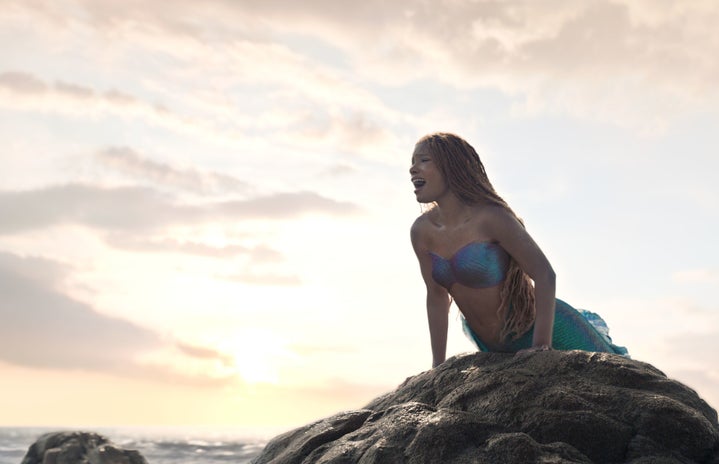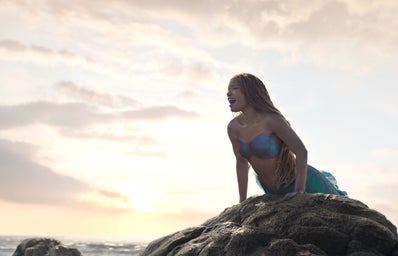Throughout time, fairy tales have been a staple part of cultures all over the world, conveying values and aspects of identity from various historical periods. Many of us have grown up with them and are familiar with the common ideas – the happily ever after, good triumphing evil in the end, magic, the pitfalls of pride and the well-known outfits worn by characters. This article particularly will take a look at the Grimm’s brothers fairy tales and compare them to some of Disney’s original film adaptations which shows us how fairy tales have not remained static despite well-known tropes and changed through time.
Some of the most well known and influential fairy tales were created by the Brothers Grimm, in 19th century Germany. Jacob and Wilhelm Grimm were highly intelligent German scholars of law and literature. They started writing fairy tale stories for a number of reasons, including a desire to preserve the folklore and oral traditions of their homeland and uncover truths about cultural heritage. In the name of German nationalism, these stories could connect people from different dialects and regions over the same cultural heritage. The Grimm brothers were admirers of the Romanticism movement, which emphasised the authenticity of folk culture and championed the natural world, particularly seeking to preserve this in a modernising world.
The brothers published their first two volumes of fairy tales between 1812 and 1815, these underwent revisions and expansion several times between 1819 and 1859. They created approximately 200 different stories, many of which were inspired by oral sources, including well-known tales like Hansel and Gretel, Little Red Riding Hood, Snow White, Rumpelstiltskin and Tom Thumb.
However, the fairy tales weren’t initially created for children, but part of a larger project ‘Kinder und Hausmärchen’, compiling tales for readers of all ages, in particular for the scholarly public. As time went on the tales were edited to become more appropriate for children as this became an obvious market they were successful in. This leads us on to considering changes particularly between original Grimm brothers’ stories and Disney adaptations. From a commercial standpoint, it makes sense why Disney changed fairy tales so that films could be made for a bigger audience. Additionally, the stories were often quite simple but with a distinctive moral and several standout features, settings, or characters that made them fantastic material to put onto screen and has led to the creation of merchandise, plays and more.
Original Grimm’s fairy tales were often much darker than their successive adaptations, often containing many gothic and grotesque features. In the Grimm’s original Cinderella tale, the stepsisters mutilate their feet to fit into the glass slipper, they have their eyes plucked out by birds as a punishment for their cruelty and there is a stronger emphasis on Cinderella’s revenge. In Disney’s version, the tone is more whimsical and light-hearted, and the stepfamily’s wickedness is more comedic. In the Grimm’s original Snow White, her revival is an accident, not because of true love’s kiss. Themes of naivety and envy were explored more deeply. The Little Mermaid ultimately fails to win the prince’s love in the Grimm’s version, goes through great pain to transform and sacrifices herself for his happiness, dissolving into sea foam. Disney often guaranteed a happy ending and the triumph or true love, though evidently this was not always the case with these original stories.
A lot of this could be attributed to stories becoming more appropriate for children, but it’s interesting to consider how in many classical Disney adaptations, the line between good and evil becomes extremely clear, down to physical appearance. Historically, the majority of Disney heroes have typically been slim, youthful, humble and with conventionally Eurocentric features. Villains have consistently been older, bigger and in many cases not white, male villains have been feminised and emasculated, female villains have been scorned for their aggression and desires. These ideas undoubtedly would have been internalised by audiences, in a way that is particularly detrimental to children growing up seeing these standards on screen. In more recent decades this stark difference has certainly been changing with the gradual diversification of hero and villain presentation, however just as importantly perhaps is the blurring of many set tropes in these stories. The villain is increasingly made more 3D with a backstory to explain themes, female heroes are allowed to save themselves and others but also are allowed to fall in love at the same time. Heroes are less frequently ‘flawlessly good’. Is the blurring of these lines again reminiscent of the ‘blurrier’, deeper themes seen in fairy tales historically, like the original ones of the Brothers Grimm?
It’s certainly interesting to consider how fairy tales go through phases of change, seeming to loop back on old ideas, but also into areas for modern audiences. The ability to adapt fairy tales has led to their enduring relevance because they can still resonate with audiences. Whether this is making them into darker, dystopian retellings, into shows or musicals, told from the perspective of the villain instead, or set in the modern world, there is an enduring fascination with the cores of these stories and what happens to them when you tweak them. They are an interesting way of understanding the societies that created them.


